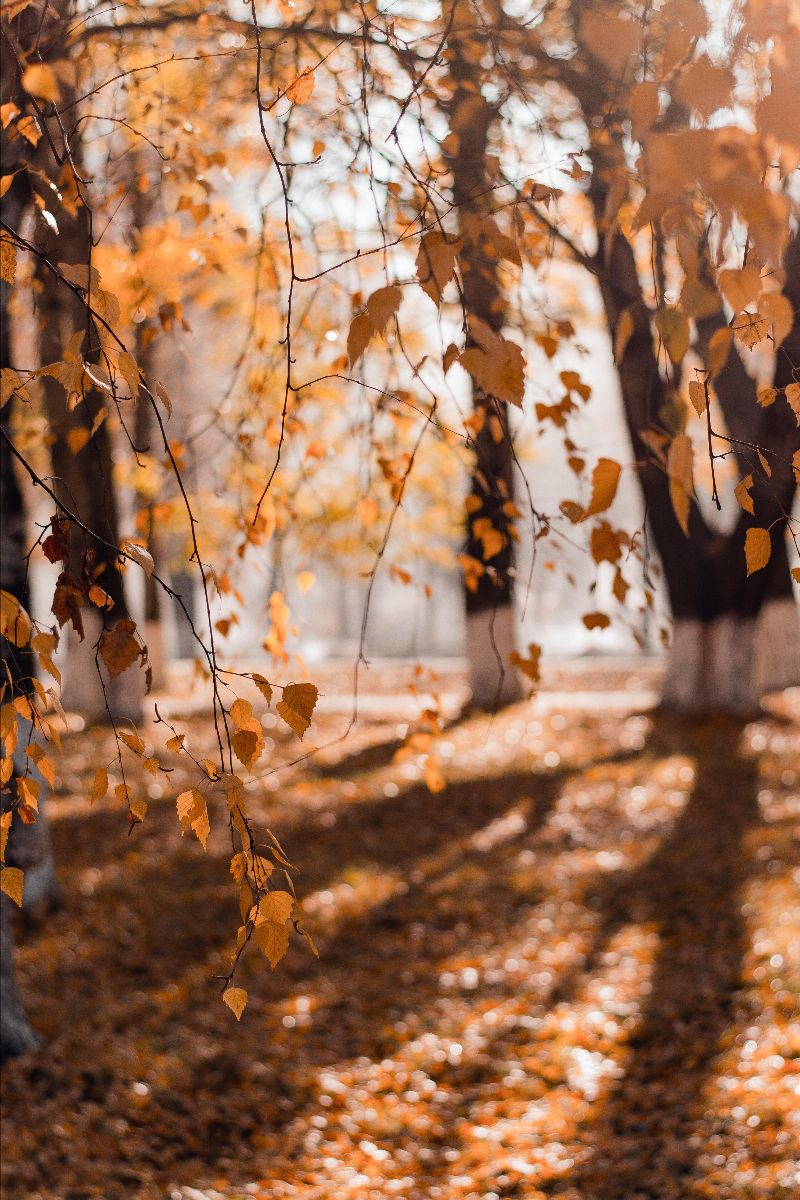
We’ve had a late start to the autumn weather here on Belmont Abbey’s campus, but this week has finally found the crisp anticipation that marks my favorite season. I know our students will be eager to take advantage of this during their mid-semester break: hiking in the glorious Blue Ridge and generally enjoying all the bracing loveliness within reach of our North Carolina campus.
Of course, even before this belated temperature shift, I’d noticed the level of animal activity (and boldness) increasing – as the urgent impulse to prepare began overriding timidity. And now the campus squirrels are everywhere. A mockingbird has been singing long, communicative songs from the lampposts and treetops outside Stowe Hall. Leaves are falling in earnest, first from the crepe myrtle, then slowly from other trees. And cardinals and chickadees pepper and glow overhead with an energy I can’t help sharing.
I love the autumn, as so many people do: the robust colors, the scarves and sweaters, the nutmeg and cinnamon that find their way into every dessert and specialty drink… but it does seem strange to feel so much excitement and joy over a season oriented, ultimately, toward preparation for the cold, dark days ahead. Then again, maybe it’s not so strange, considering who we are as Christians, and the Word in which we live and hope.
Watching the grass dim and all but stop growing, the trees become stark, and the last wildflowers brown and brittle, we can still breathe the clear, cool air and the tannin spice of fall with joy. Because the truth is, we are fallen people, who need cycles of renewal, of giving up to God all that we are and have. Dying to ourselves, we trust in God to build us back more beautifully than ever.
The oak, maple, and crepe myrtle shed their leaves in preparation for the weight of snow and ice, the punishing cold and the short days, but we recognize even in their barren forms a kind of patient beauty. In a way, autumn shows us prudence and generosity: prudence in preparing ourselves for cold and meager times; generosity in flaming out with the beauty of sacrifice and repentance, of dying to ourselves, that we may be transformed to new life in the coming year. Both prudence and generosity require and embrace trust. They make lovely and meaningful what might otherwise seem bitter.
Because winter is not the end of the story, we can place the loss, even seeming death – so vividly embodied in the drift of dry leaves – within a larger narrative of hope, life, and resurrection. The seasons may bring change and challenge, but Benedictine stability reminds us of the abiding presence of God, Who endures beyond change. Let us relish our autumn days in the promise of life beyond our failings and our struggles!

